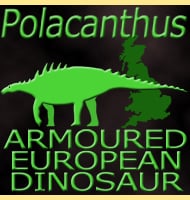Tatisaurus
In Depth Tatisaurus is one of those dinosaurs that has a lot of people forming lots of different opinions about what exactly it is. The person who first described the type fossil, D. J. Simmons first proposed that it belonged to a heterodontosaurid dinosaur and then later to a dinosaur similar to Scelidosaurus, a Thyreophoran … Read more
